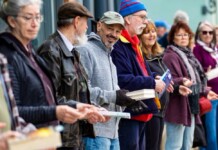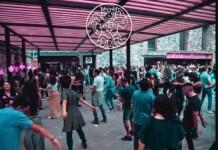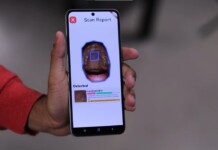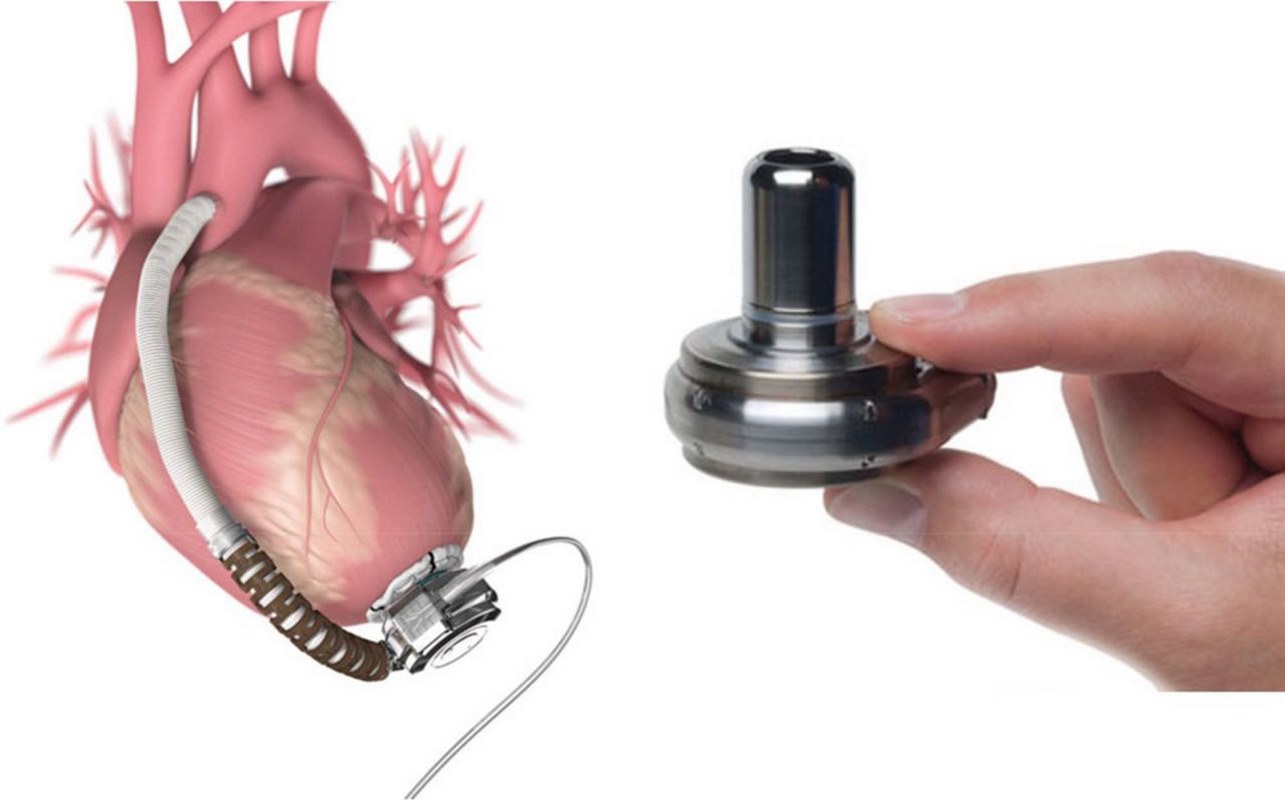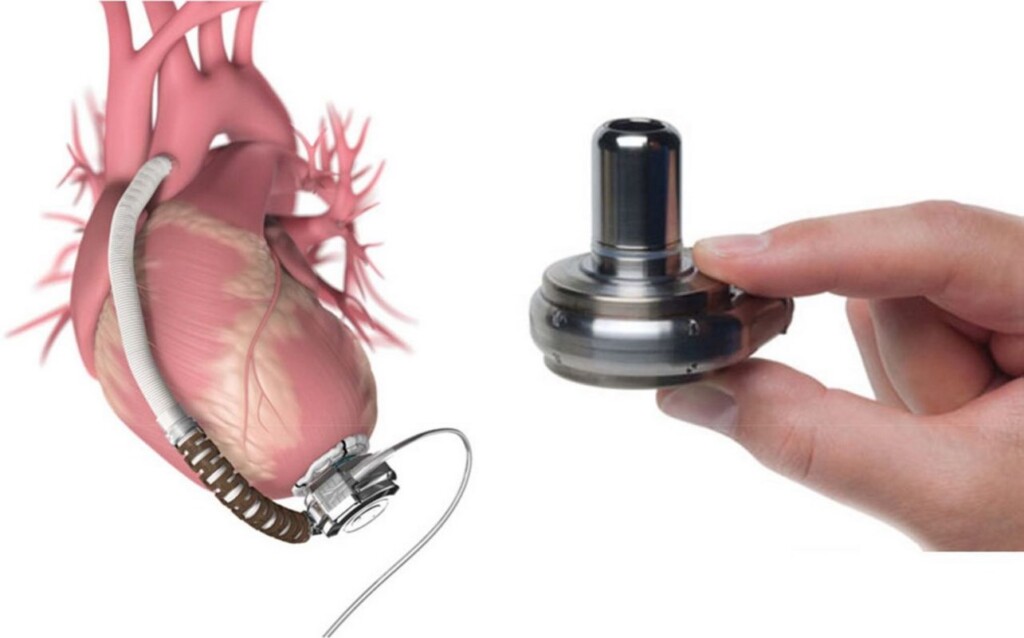
A study looking at the bearers of artificial hearts found that a subset of them can regenerate heart muscle tissue—the first time such an observation has ever been made.
It may open the door to new ways to treat and perhaps someday cure heart failure, the deadliest non-communicable disease on Earth. The results were published in the journal Circulation.
A team of physician-scientists at the University of Arizona’s Heart Center in Tucson led a collaboration of international experts to investigate whether heart muscles can regenerate.
According to the Centers for Disease Control and Prevention, heart failure affects nearly 7 million US adults and is responsible for 14% of deaths per year. There is no cure for heart failure, though medications can slow its progression. The only treatment for advanced heart failure, other than a transplant, is a pump replacement through an artificial heart, called a left ventricular assist device, which can help the heart pump blood.
“Skeletal muscle has a significant ability to regenerate after injury. If you’re playing soccer and you tear a muscle, you need to rest it, and it heals,” said Hesham Sadek, director of the University’s Sarver Heart Center.
It was previously thought that when a heart muscle is injured, it could never grow back.
“Irrefutable evidence of heart muscle regeneration has never been shown before in humans,” he said. “This study provided direct evidence.”
The project began with tissue from artificial heart patients provided by colleagues at the University of Utah Health and School of Medicine led by Stavros Drakos, MD, PhD, and a pioneer in left ventricular assist device-mediated recovery.
Teams in Sweden and Germany used their innovative method of carbon dating human heart tissue to track whether these samples contained newly generated cells. The investigators found that patients with artificial hearts regenerated muscle cells at more than six times the rate of healthy hearts.
“This is the strongest evidence we have, so far, that human heart muscle cells can actually regenerate, which really is exciting, because it solidifies the notion that there is an intrinsic capacity of the human heart to regenerate,” Sadek said.
“It also strongly supports the hypothesis that the inability of the heart muscle to ‘rest’ is a major driver of the heart’s lost ability to regenerate shortly after birth. It may be possible to target the molecular pathways involved in cell division to enhance the heart’s ability to regenerate.”
In 2011, Sadek published a paper in Science showing that while heart muscle cells actively divide in utero, they stop dividing shortly after birth to devote their energy to pumping blood through the body nonstop, with no time for breaks.
In 2014, he published evidence of cell division in patients with artificial hearts, hinting that their heart muscle cells might have been regenerating because they were able to rest.
These findings, combined with other research teams’ observations that some artificial heart patients could have their devices removed after experiencing a reversal of symptoms, led him to wonder if the artificial heart provides cardiac muscles the equivalent of bed rest like a person needs when recovering from injury.
ALSO CHECK OUT: Exercise Cuts Heart Disease Risk by 23% With Benefits Doubling for Those With Depression
“The pump pushes blood into the aorta, bypassing the heart,” he said. “The heart is essentially resting.”
Sadek’s previous studies indicated that this rest might be beneficial for the heart muscle cells, but he needed to design an experiment to determine whether patients with artificial hearts were actually regenerating muscles.
Next, Sadek wants to figure out why only about 25% of patients are “responders” to artificial hearts, meaning that their cardiac muscle regenerates.
MORE BREAKTHROUGHS FOR HEART DISEASE: Titanium Maglev Heart Implanted Successfully in a Patient for First Time May Help Others Waiting for a Transplant
“It’s not clear why some patients respond and some don’t, but it’s very clear that the ones who respond have the ability to regenerate heart muscle,” he said. “The exciting part now is to determine how we can make everyone a responder, because if you can, you can essentially cure heart failure.
“The beauty of this is that a mechanical heart is not a therapy we hope to deliver to our patients in the future—these devices are tried and true, and we’ve been using them for years.”
SHARE This First-Ever Demonstration Of Heart Muscle Regeneration With Your Friends…


